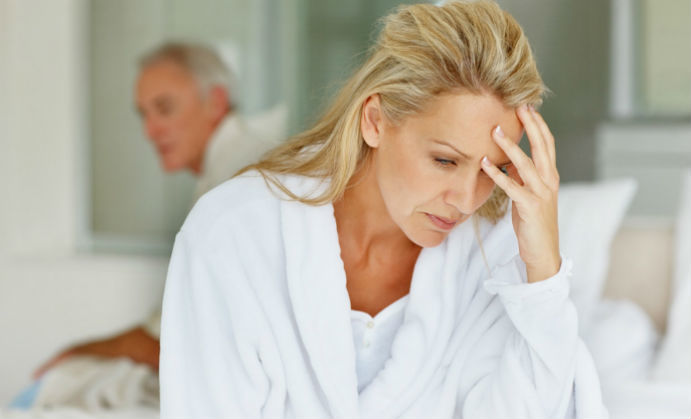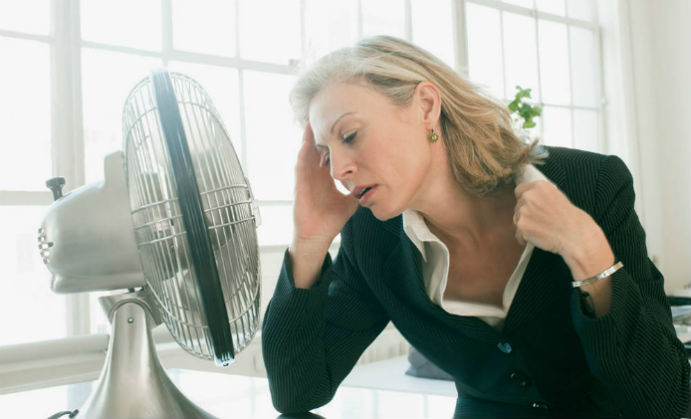Menopause – An Overview
This is a stage in the life of a woman that cannot be escaped, a phase where the menstruation cycle ends and she no more has the ability to reproduce. During this time, her body goes through various changes which continue even after transition is complete and menopause is attained.
Two types of menopause
 Right from the time of birth, a woman’s ovary contains eggs that will last her a lifetime. The ovaries produce hormones progesterone and estrogen which regulate ovulation and the menstrual cycles.
Right from the time of birth, a woman’s ovary contains eggs that will last her a lifetime. The ovaries produce hormones progesterone and estrogen which regulate ovulation and the menstrual cycles.
There are two types of menopause. One is premature menopause and the other is natural menopause. A woman’s body starts changing by the time she reaches 40 years if age. The menstrual cycle pattern gradually reduces and natural menopause takes place.
But in case she undergoes surgeries like hysterectomy or if surgeries have been performed for treatment of ovarian damage or cancer, then premature menopause occurs before she even reaches 40 years.
Natural menopause
Menopause is natural and has a gradual process which progresses in three stages:
- Perimenopause
- Menopause
- Postmenopause
Perimenopause starts years before menopause. At this stage, the production of estrogen gradually reduces. However, as you get closer to menopause, the level of estrogen decreases more quickly than before. When menopause is finally attained, the ovary completely stops producing eggs. Hot flashes and other symptoms increase in many women.
During the postmenopause period, there is a high risk of various health hazards due to the lack of the female hormone estrogen. However, all other symptoms reduce.
Menopause Signs
 The most regular of the various symptoms are hot flashes which involves heat waves that overwhelm the body uncontrollably even if the climate is freezing. The intensity of hot flashes varies with each woman. Some women have irregular periods which include months when the period is even missed sometimes. Depression, mood swings, exhaustion, irritability and insomnia are some of the other symptoms that are experienced.
The most regular of the various symptoms are hot flashes which involves heat waves that overwhelm the body uncontrollably even if the climate is freezing. The intensity of hot flashes varies with each woman. Some women have irregular periods which include months when the period is even missed sometimes. Depression, mood swings, exhaustion, irritability and insomnia are some of the other symptoms that are experienced.
Few women also experience physiological symptoms like heart palpitations, joint and muscle pain, headaches, etc. They are also affected by vaginal dryness and a lower sex drive.
If any of these are experiences, it is necessary that a woman checks with the doctor and confirm the same by checking the FSH level which is performed by doing a blood test.
Additionally, physical tests are done like a vaginal assessment and a pap test.
Complications of postmenopausal conditions
Lack of estrogen causes health risks like bladder and bowel problems, aging of the skin, vision changes, decline in the muscle tone, heart diseases and osteoporosis. To reduce the severity and risk of the symptoms various preventive treatments are now available.
Do you want to find an effective Menopause treatment? Check out our top rated Menopause products











